Mammillaria compressa DC. 1828, commonly called Mother of Hundreds, is a tropical plant from the cactus family (Cactaceae), native to Mexico to the states Guanajuato, Querétaro, Hidalgo, Tamaulipas and San Luis Potosí. The Mother of Hundreds (Mammillaria compressa) is found at higher elevations from 800 – 2220 meters and has been primarily described by the Read More »
Read the full article…
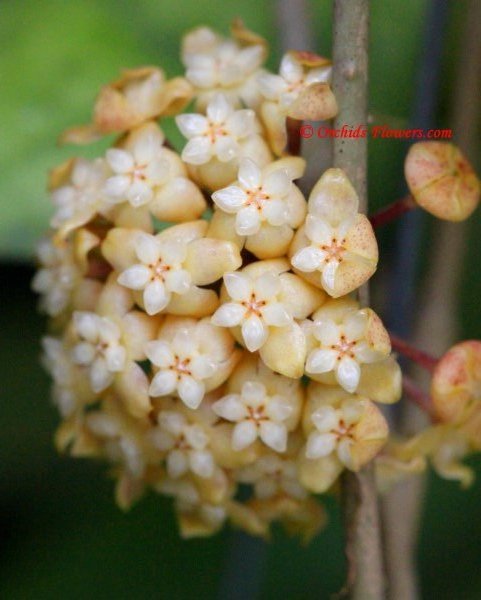
While the American botanist Ted Green named the epiphytic growing Hoya deykeae Green 2000 he made a mistake with the Latin grammar and named the tropical wax flower Hoya deykei, this has been corrected by him later on, but both names aren´t even acceped by IPNI (International Plant Name Index), Tropicos or Kew Monocot List. Read More »
Read the full article…
As we started to research about the Yellow Walking Iris, we got somewhat perplexed as the tropical plant seems to have 2 accepted botanical names. First we found the name Neomarica longifolia (Link & Otto) Sprague 1928, but in one of our botanical books, the plant was named as Trimezia martinicensis (Jacq.) Herb. 1844, which Read More »
Read the full article…
Astrophytum asterias, commonly called Sea Urchin Cactus, Star Cactus, Sand Dollar Cactus or Star Peyote is an endagered tropical plant related to the Cactus family (Cactaceae). Primarily Astrophytum asterias has been described 1845 by the German botanist Joseph Gerhard Zuccarini (1797 – 1848) as Echinocactus asterias and has been renamed by the French botanist Charles Read More »
Read the full article…
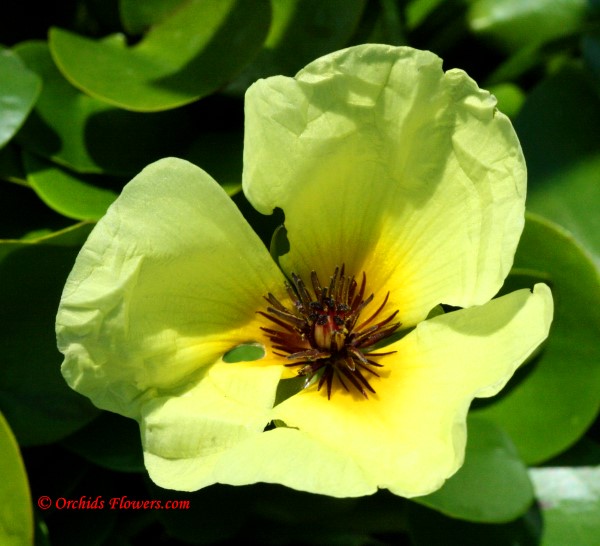
Hydrocleys nymphoides (Willd.) Buchenau 1868 is a tropical, perennial aquatic plant native to South America. The water poppy has spread out to many tropical countries worldwide and is well-liked as an ornamental, flowering plant for water ponds. In South Africa the attractive plant is marked as an invasive species. In tropical climate Hydrocleys nymphoides is Read More »
Read the full article…
As I stumbled upon a picture of a cute small, orchid-like flower, I was more then surprised as it was an image of a Tamarind flower. Tamarind fruits are very common in our homecountry Thailand, but I never saw a Tamarind tree in Chiang Mai. I asked my botanical friends and they had to disappoint Read More »
Read the full article…
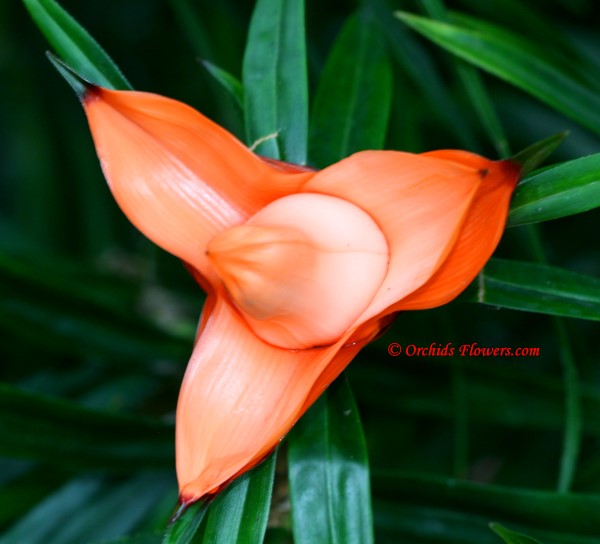
The Climbing Pandanus (Freycinetia multiflora Merr. 1907), also called flowering Pandanus, is a scrambling, tropical shrub with ununsual orange colored three petal flowers. Freycinetia multiflora belongs to the screwpine family (Pandanaceae) and is native to the Philippines. The tropical plant can reach a height of about 1,80 – 2 meters. Flowering period: late Winter – Read More »
Read the full article…
Acanthus montanus (Nees) T. Anders, commonly called Bear’s Breech or Mountain Thistle is a tropical plant native to West Africa. During the colonization Englishmen introduced the Bear’s Breech (Acanthus montanus) to Malaysia and the plant took on an important role in nature medicine, like it´s relative the Sea Holly (Acanthus ebracteatus). The Bear’s Breech (Acanthus Read More »
Read the full article…
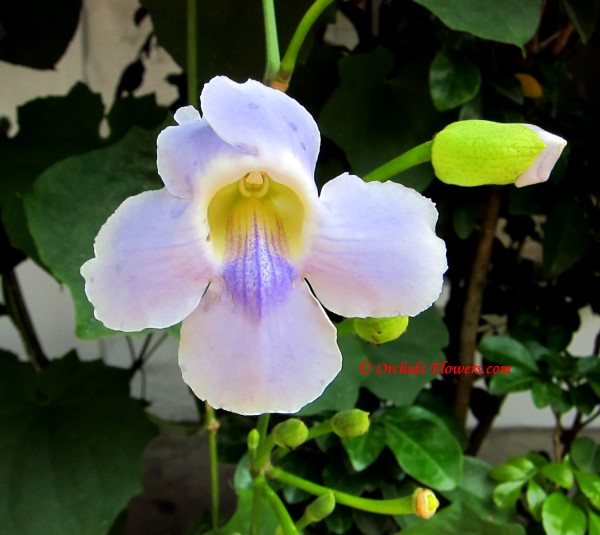
The Sky Flower (Thunbergia grandiflora), also called Bengal Trumpet or Bengal clock vine, is a tropical climber, liked as an ornamental plant, but in some tropical countries also considered as an invasive species. The Sky Flower (Thunbergia grandiflora) can reach a length or width of about 10 meters and is native to Bangladesh. Nowadys the Read More »
Read the full article…
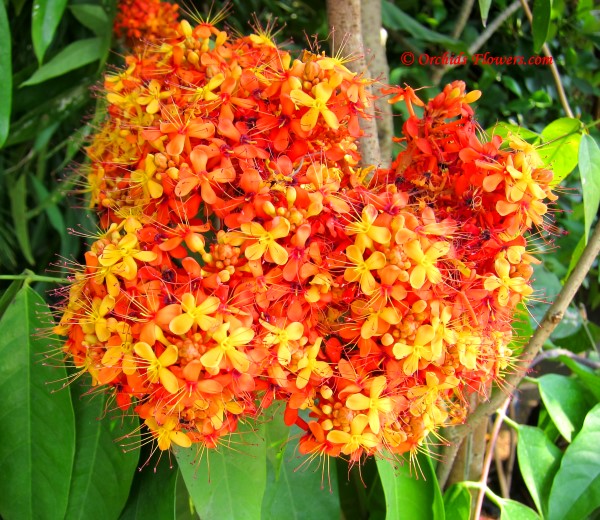
The Ashoka Tree Saraca indica L., another accepted name Saraca asoca (Roxb.) De Wilde, is an evergreen tree native to India. Nowadays Ashoka trees are widely cultivated in South East Asia, especially Thailand, for their beautiful, yellow, orange and red flowers. Saraca indica, also named Saraca asoca, plays an important role in Indian mythology, in Read More »
Read the full article…

Astrophytum capricorne (A.Dietr.) Britton & Rose 1922, a member of the Cactus family (Cactaceae) with beautiful flowers, is commonly called goat’s horn cactus, which points to the goat`s horn like spins. The Astrophytum capricorne cactus is native to the Chihuahuan Desert in Mexico. Astrophytum capricorne has primarily been described by the German botanist Albert Gottfried Read More »
Read the full article…

Hoya multiflora Blume 1826 is a shrub-like tropical wax flower plant native to Indonesia, Malaysia, Thailand, Vietnam and the Philippines. As the name multiflora already suggests, Hoya multiflora is an indefatigable bloomer all around the year, but is very sensitiv to any kind of changes during the flower period. If the plant sprout blooms, it Read More »
Read the full article…
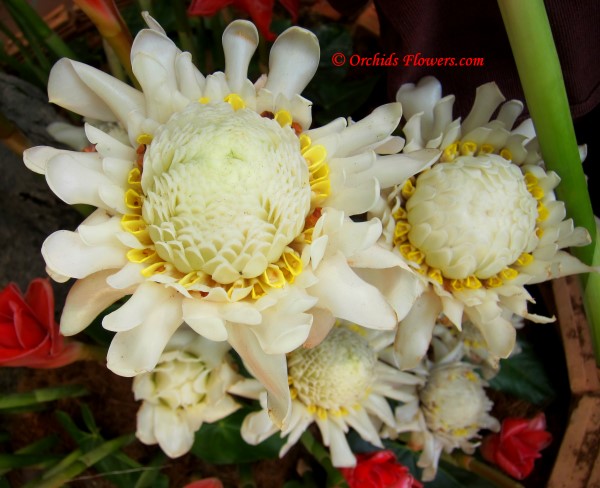
The White Torch Ginger (Etlingera elatior “Thai Queen”) isn`t a hybrid, as the impressive tropical plant, with its outstanding white flowers, has been found in South Thailand. Like the red torch ginger or the pink torch ginger, belonging to the ginger family (Zingiberaceae), flowers grow up to a height of more than one meter and Read More »
Read the full article…
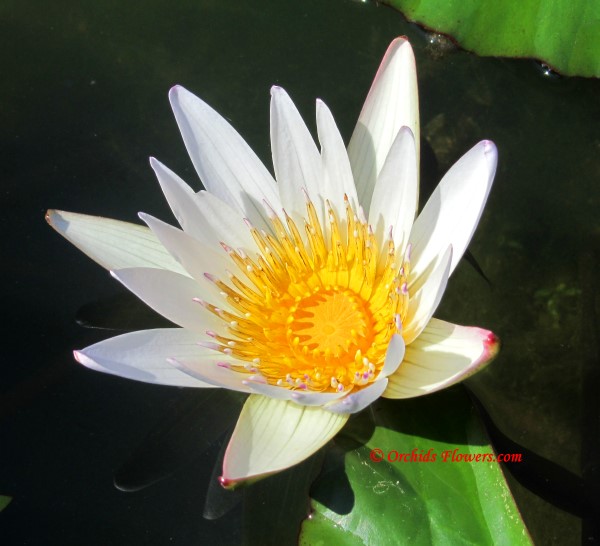
The Water Lily Hybrid Nymphaea Daubenyana (correctly: Nymphaea x daubenyana W.T.Baxter ex Daubeny 1863) is considered as the first water lily hybrid ever. Nymphaea Daubenyana is a crossing between Nymphaea micrantha and Nymphaea caerulea (Blue Lotos), but it`s not clear, if the English botanist Charles Daubeny (1795-1867) crossed this hybrid, commonly called African Lotus water Read More »
Read the full article…
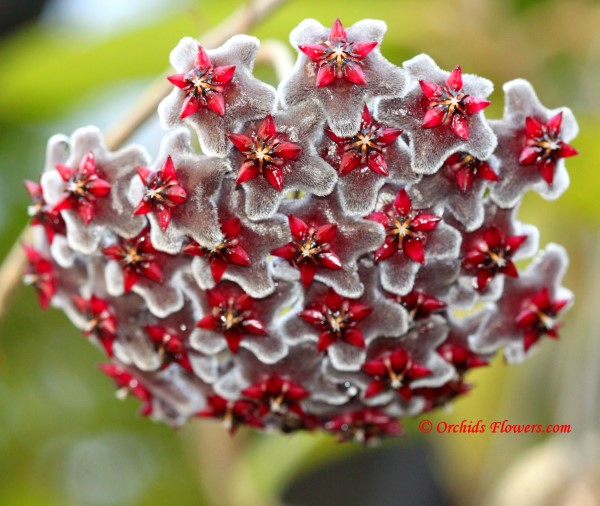
Hoya pubicalyx Black Dragon isn´t a hybrid, the outstanding plant has been found on Luzon Island at the Philippines. As we`ve got a call from our beloved friend and supporter “Madame Hoya”, we went to visit her in her small shop at Kamthieng market Chiang Mai, North Thailand. Look what a beautiful “black” Hoya I`ve Read More »
Read the full article…










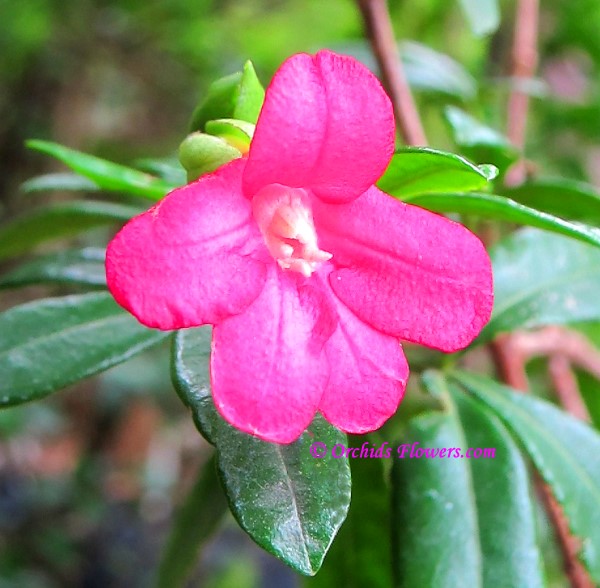 Lemonia (Ravenia spectabilis)
Lemonia (Ravenia spectabilis)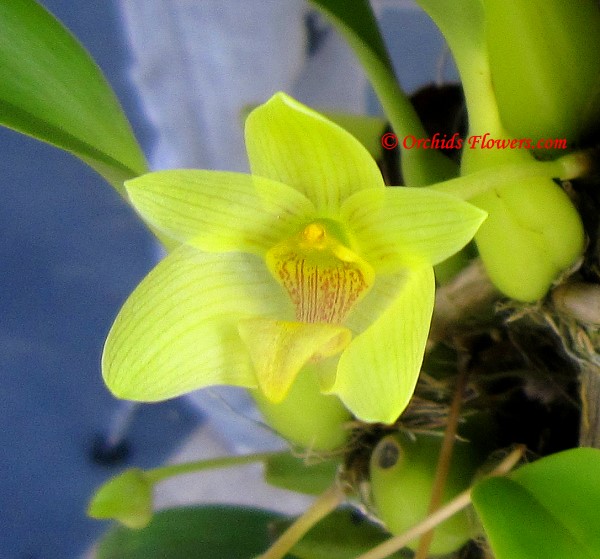 Bulbophyllum orectopetalum
Bulbophyllum orectopetalum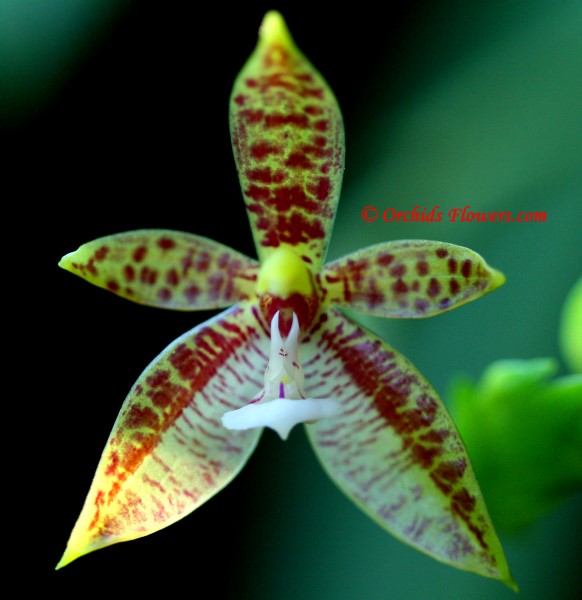 Phalaenopsis cornu-cervi Blume & Rchb. f. 1860
Phalaenopsis cornu-cervi Blume & Rchb. f. 1860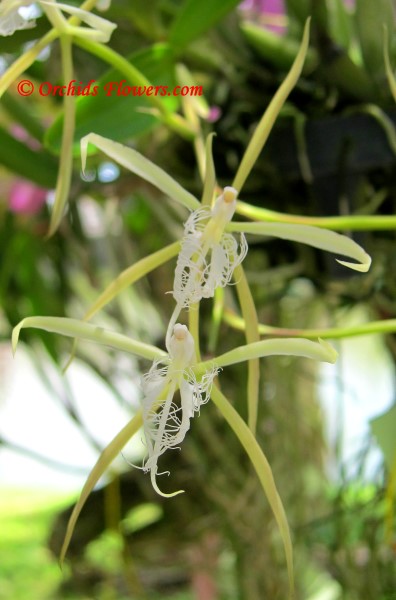 Epidendrum ciliare (Coilostylis ciliaris)
Epidendrum ciliare (Coilostylis ciliaris)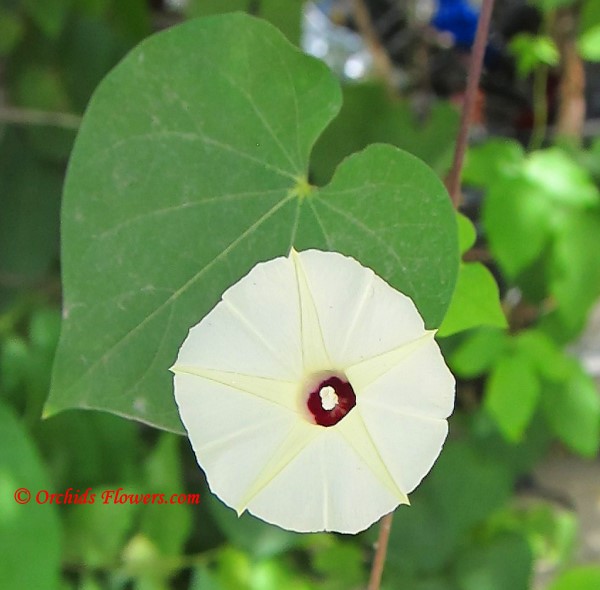 Man of the Earth (Ipomoea pandurata)
Man of the Earth (Ipomoea pandurata)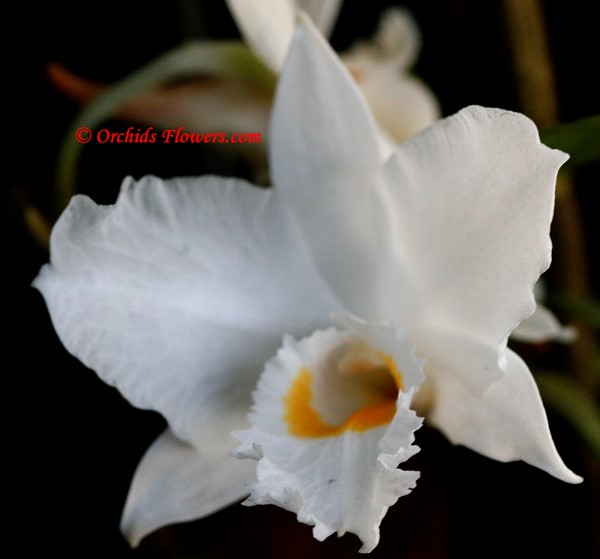 Dendrobium infundibulum Lindl.1859
Dendrobium infundibulum Lindl.1859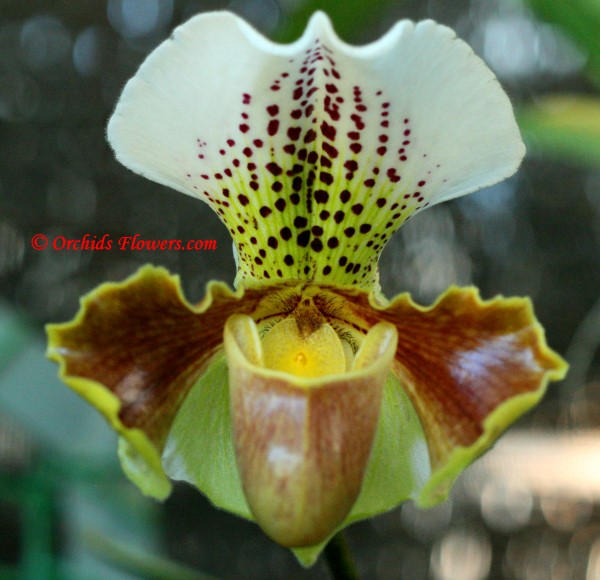 Paphiopedilum insigne
Paphiopedilum insigne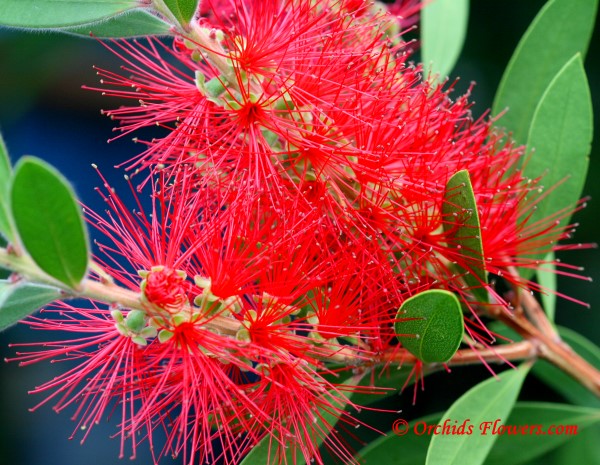 Crimson Bottlebrush (Callistemon citrinus)
Crimson Bottlebrush (Callistemon citrinus)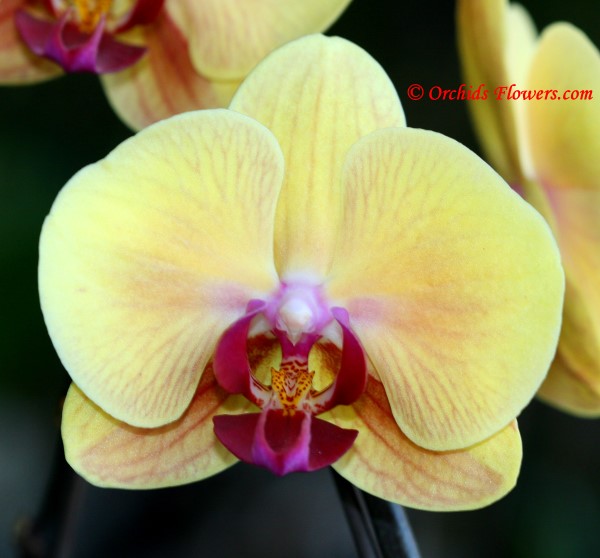 Phalaenopsis Golden Beauty
Phalaenopsis Golden Beauty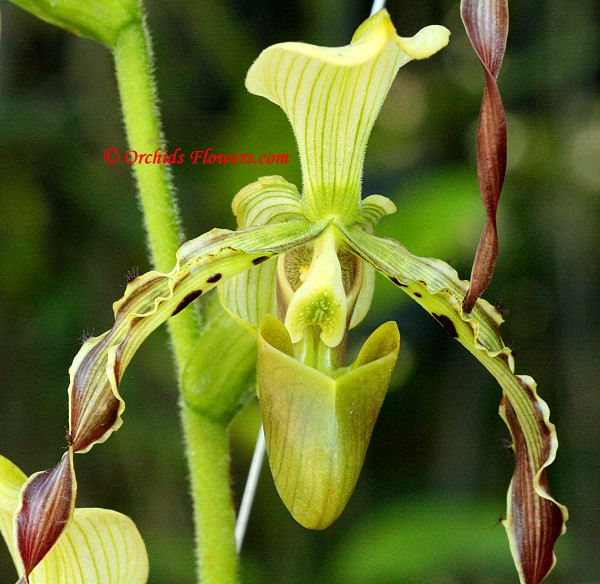 Paphiopedilum parishii
Paphiopedilum parishii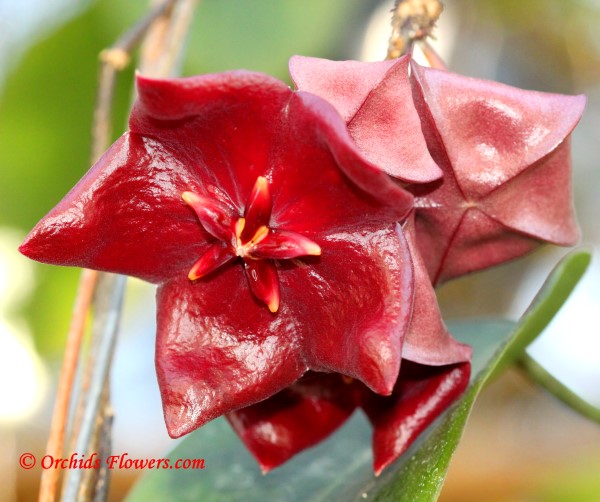 Hoya megalaster
Hoya megalaster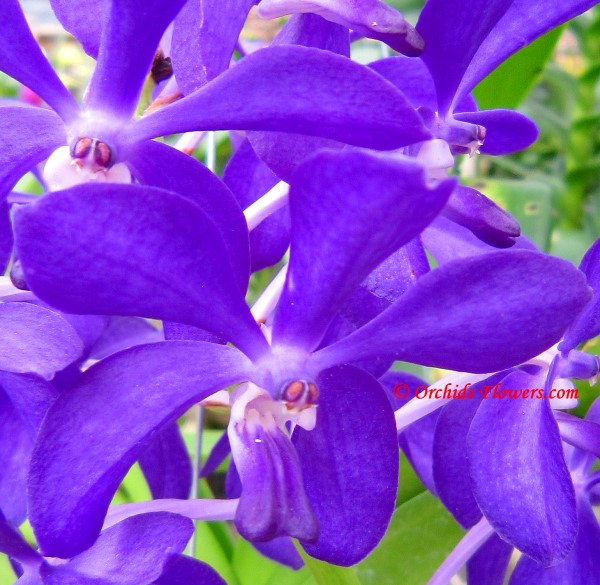 Vandachostylis Thai Sky
Vandachostylis Thai Sky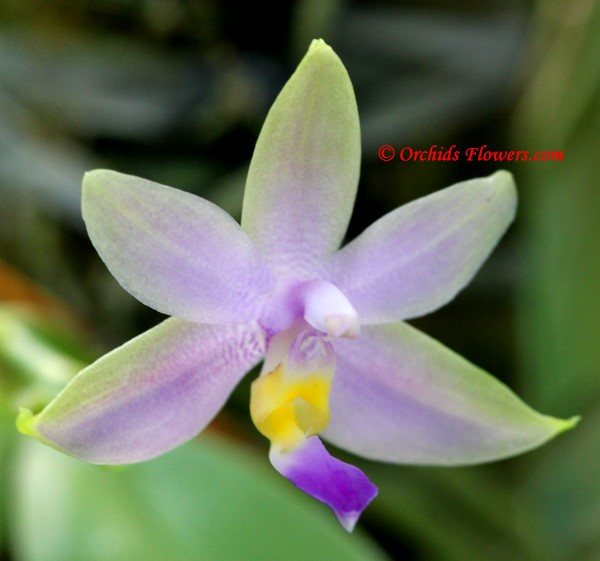 Phalaenopsis violacea fo. coerulea Christenson
Phalaenopsis violacea fo. coerulea Christenson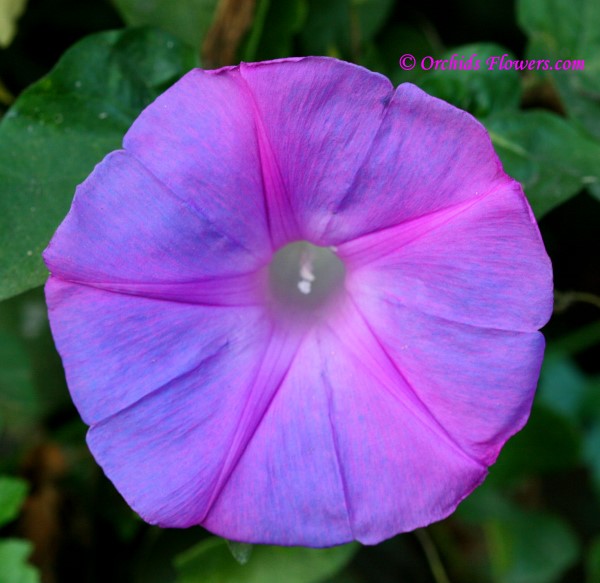 Oceanblue Morning Glory (Ipomoea indica)
Oceanblue Morning Glory (Ipomoea indica)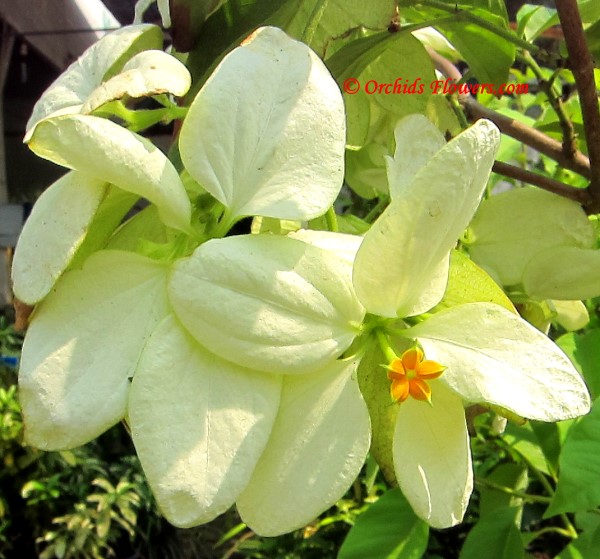 Buddha’s Lamp (Mussaenda philippica var. aurorae)
Buddha’s Lamp (Mussaenda philippica var. aurorae)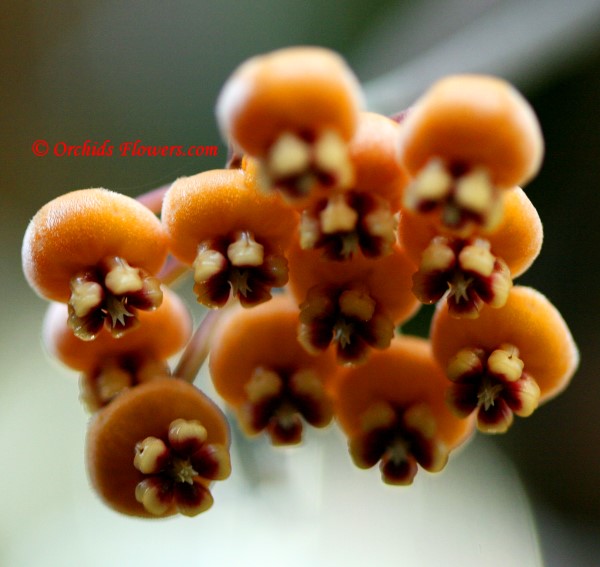 Hoya waymaniae Kloppenb.1995
Hoya waymaniae Kloppenb.1995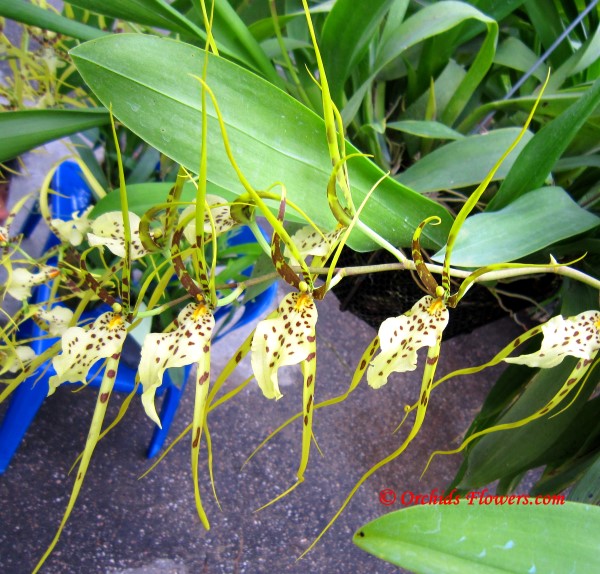 Brassia Eternal Wind “Summer Dream”
Brassia Eternal Wind “Summer Dream”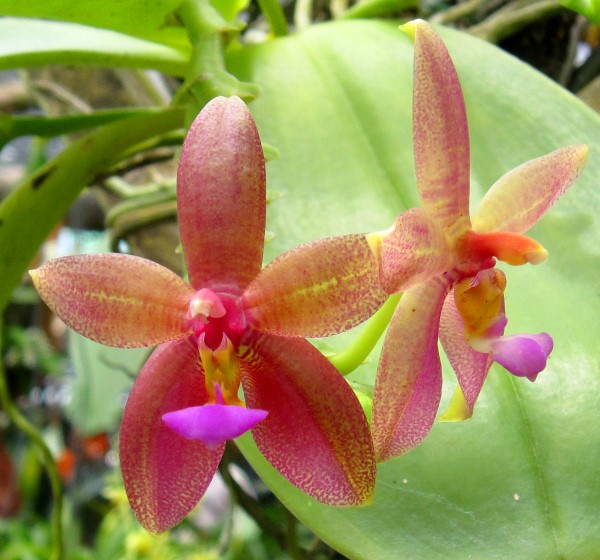 Phalaenopsis × valentinii
Phalaenopsis × valentinii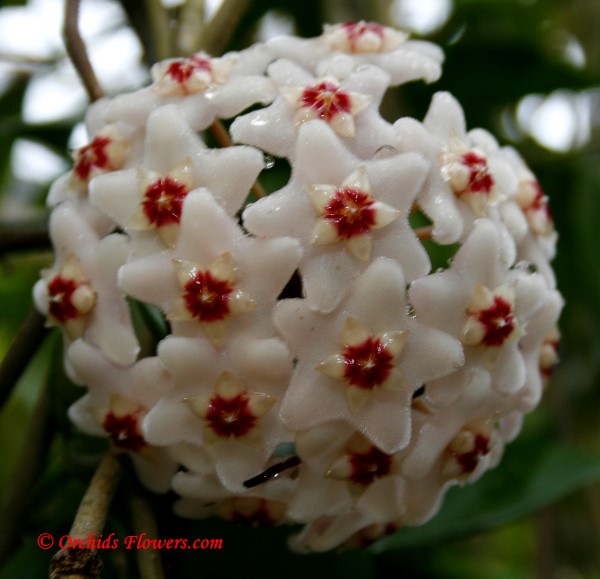 Hoya carnosa white
Hoya carnosa white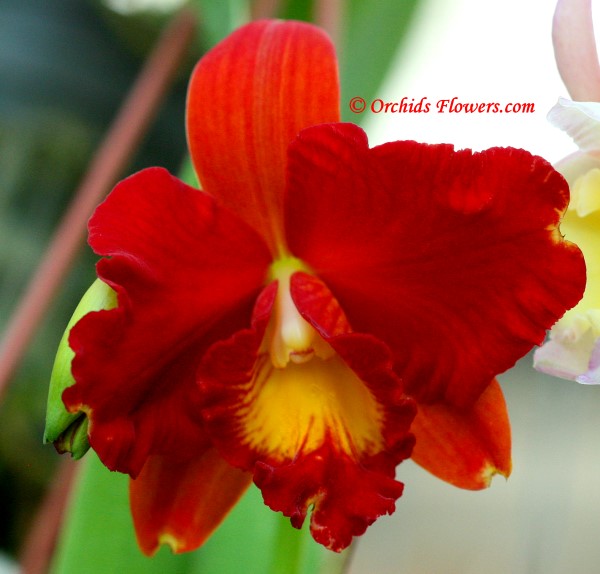 Cattleya Tainan City
Cattleya Tainan City


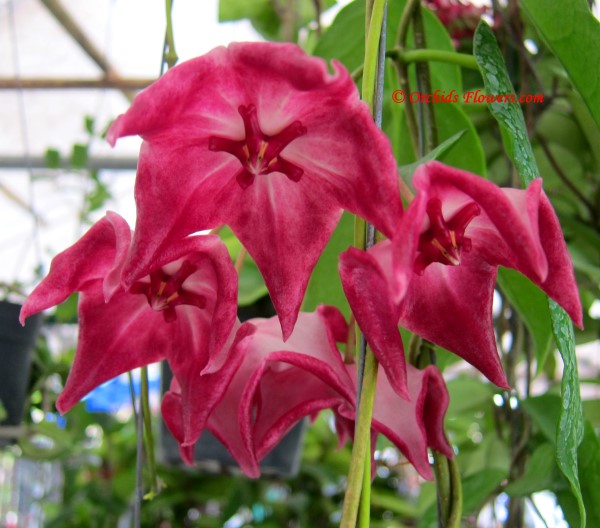 Hoya macgillivrayi F. M. Bailey 1914
Hoya macgillivrayi F. M. Bailey 1914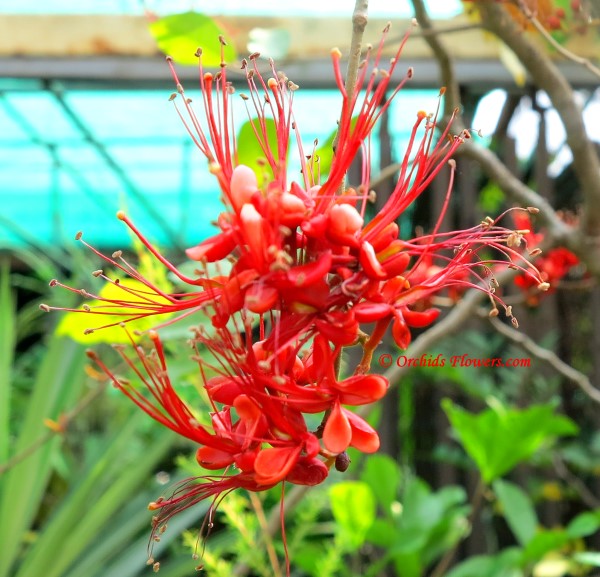 Monkey Flower Tree (Phyllocarpus septentrionalis)
Monkey Flower Tree (Phyllocarpus septentrionalis)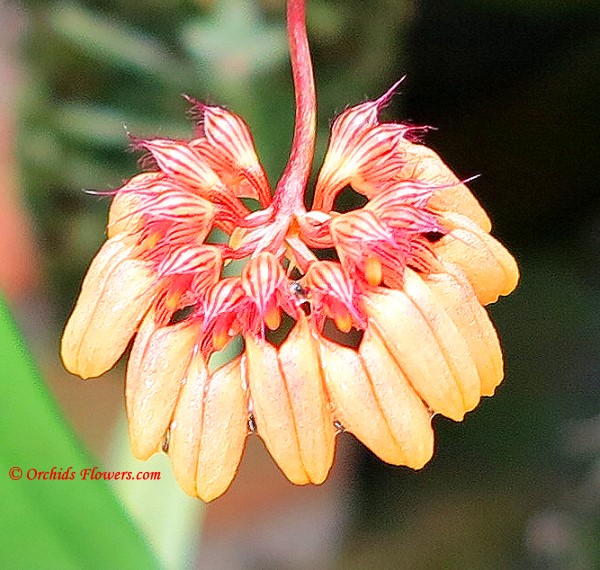 Bulbophyllum sikkimense (Cirrhopetalum sikkimense)
Bulbophyllum sikkimense (Cirrhopetalum sikkimense)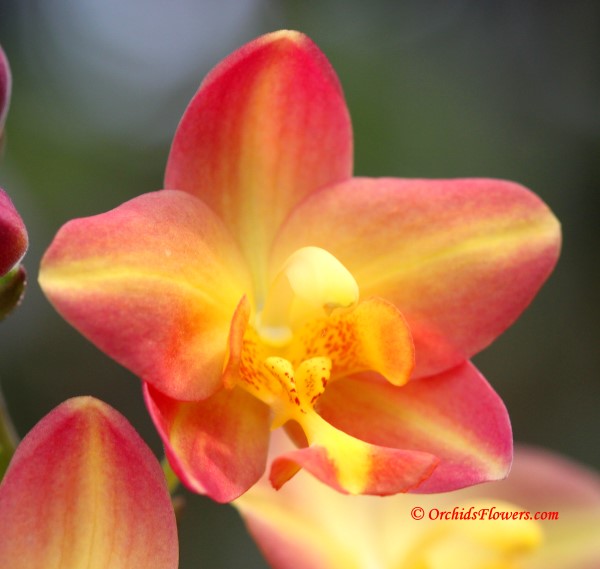 Spathoglottis Citrus Cooler Sorbet
Spathoglottis Citrus Cooler Sorbet